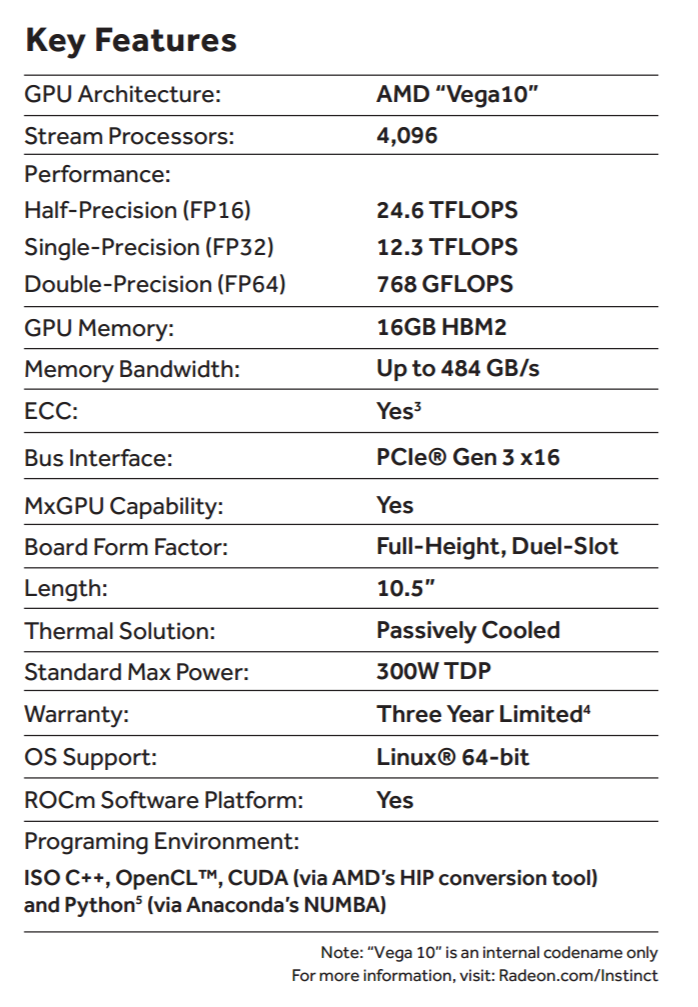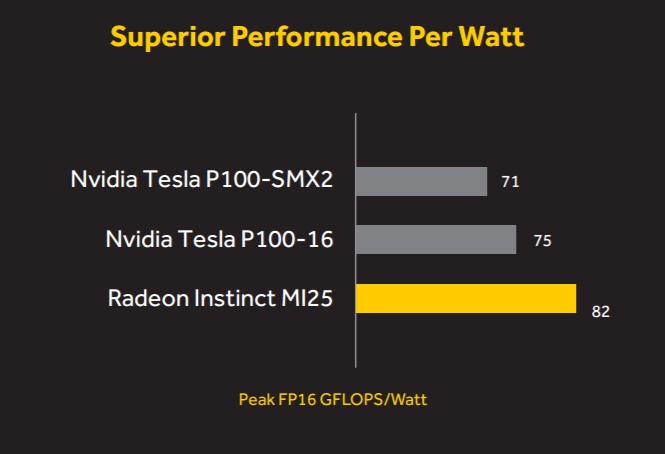[Meta]
Is it me or labeling things as being high level or low level is too much of a simplification? I'm refering to the view that DX12 is " close to the metal"
While I know nothing about DX, I view abstractions mostly as being either good or bad for a given task. A bad abstraction can be introduced at the wrong layer (so maybe here we get the low vs high level separation), may not allow the user to specify all the information she wishes, or may not abstract away minute and useless details. The latter I believe.
Defining a good abstraction on the other hand, is very hard for complex APIs sych as these, of course
Of course when these change, a programmer may be forced to learn the new model, hence a temporary decrease of productivity and/or some resitance. But this is different to the "only good programers can handle low level" mantra
[/Meta]
Is it me or labeling things as being high level or low level is too much of a simplification? I'm refering to the view that DX12 is " close to the metal"
While I know nothing about DX, I view abstractions mostly as being either good or bad for a given task. A bad abstraction can be introduced at the wrong layer (so maybe here we get the low vs high level separation), may not allow the user to specify all the information she wishes, or may not abstract away minute and useless details. The latter I believe.
Defining a good abstraction on the other hand, is very hard for complex APIs sych as these, of course
Of course when these change, a programmer may be forced to learn the new model, hence a temporary decrease of productivity and/or some resitance. But this is different to the "only good programers can handle low level" mantra
[/Meta]




